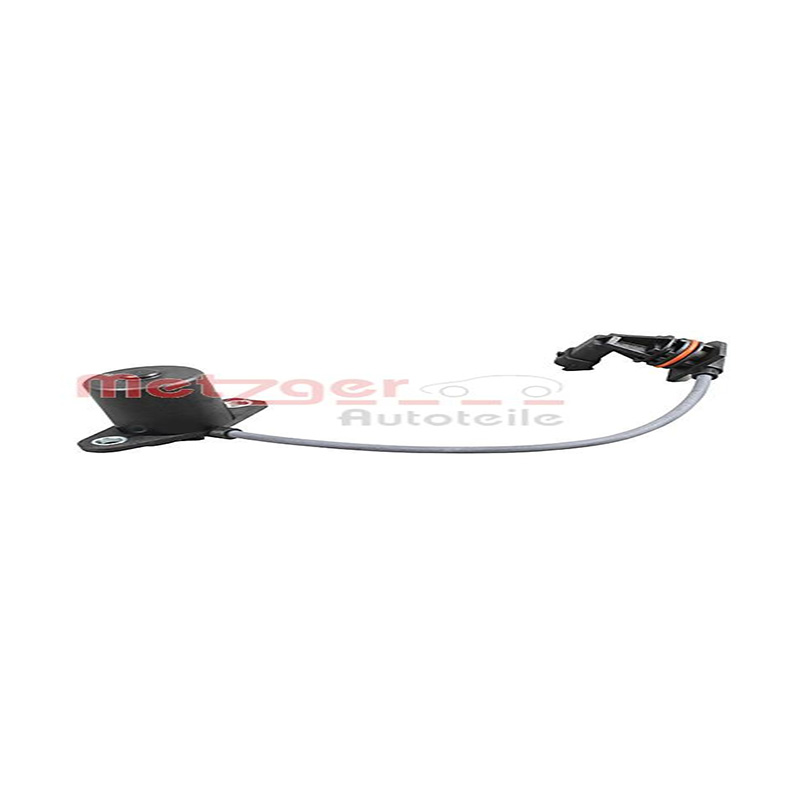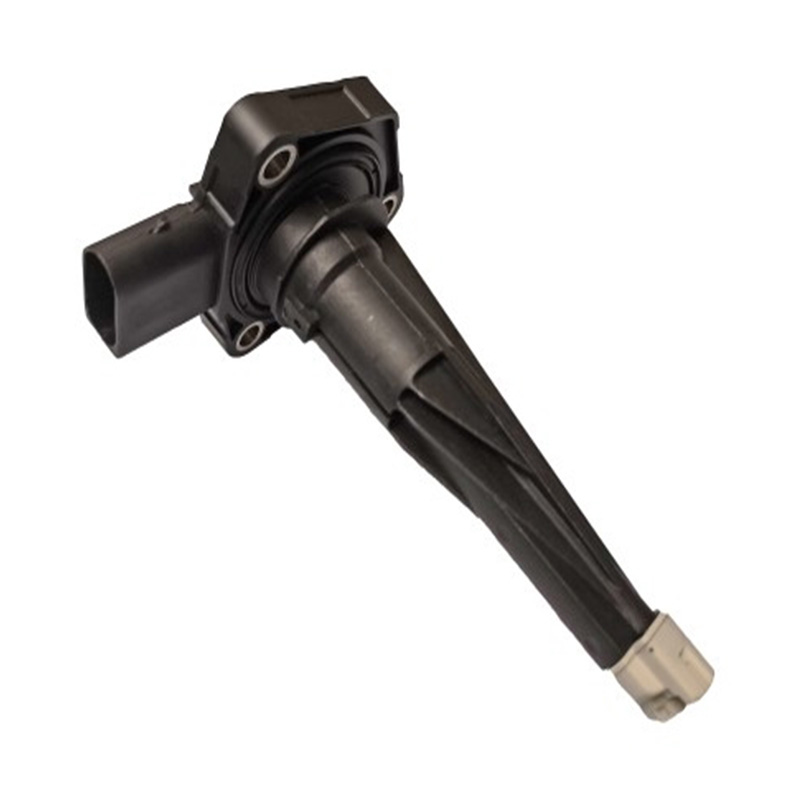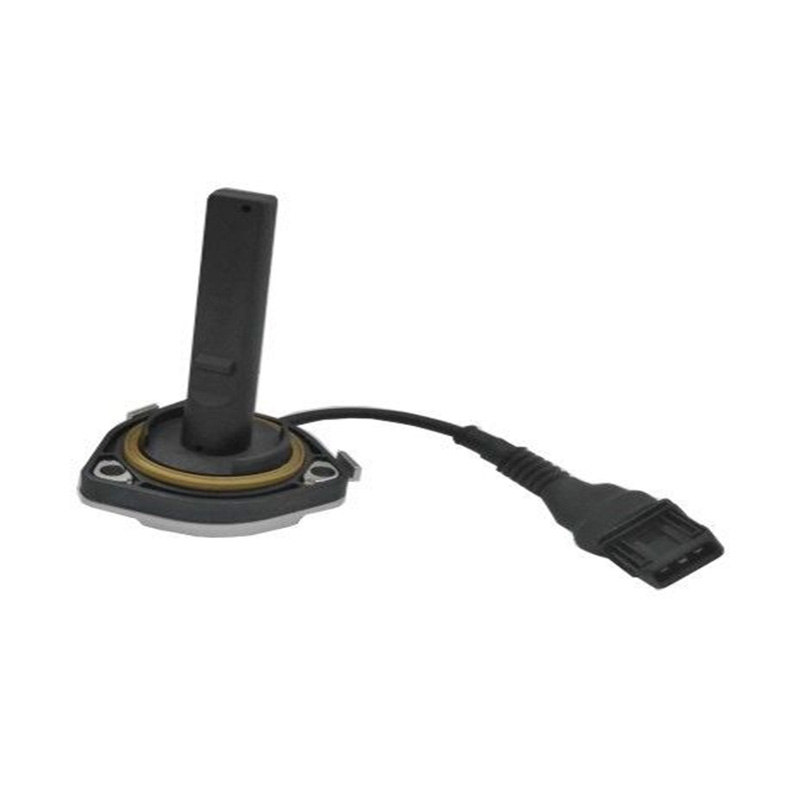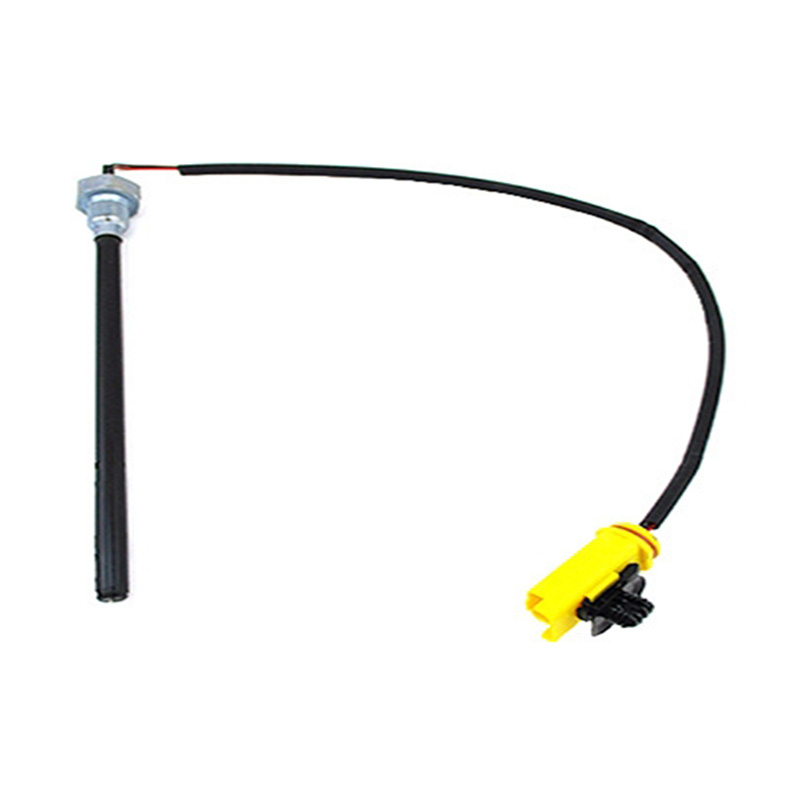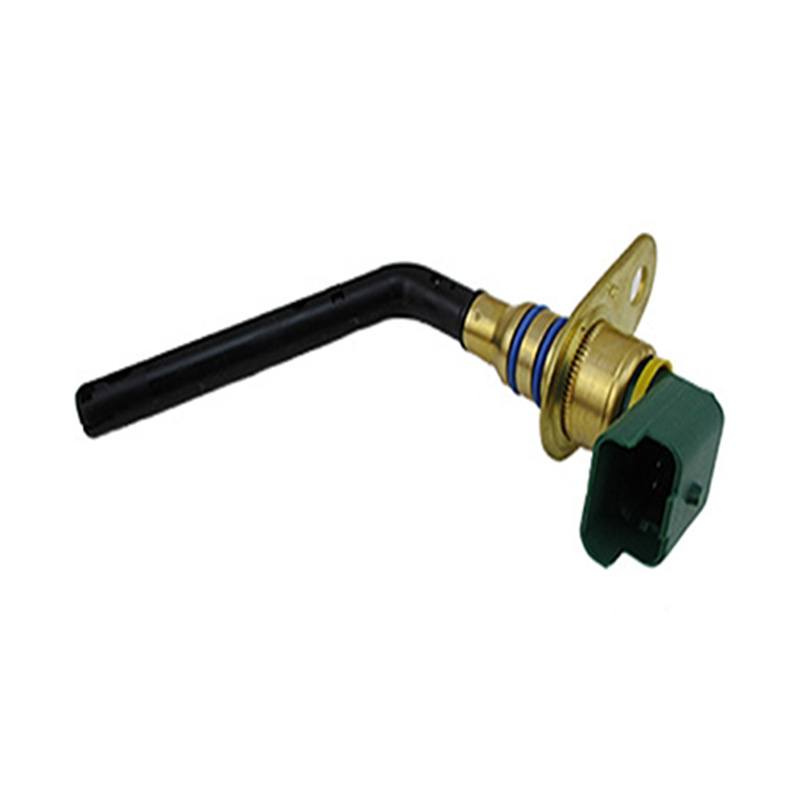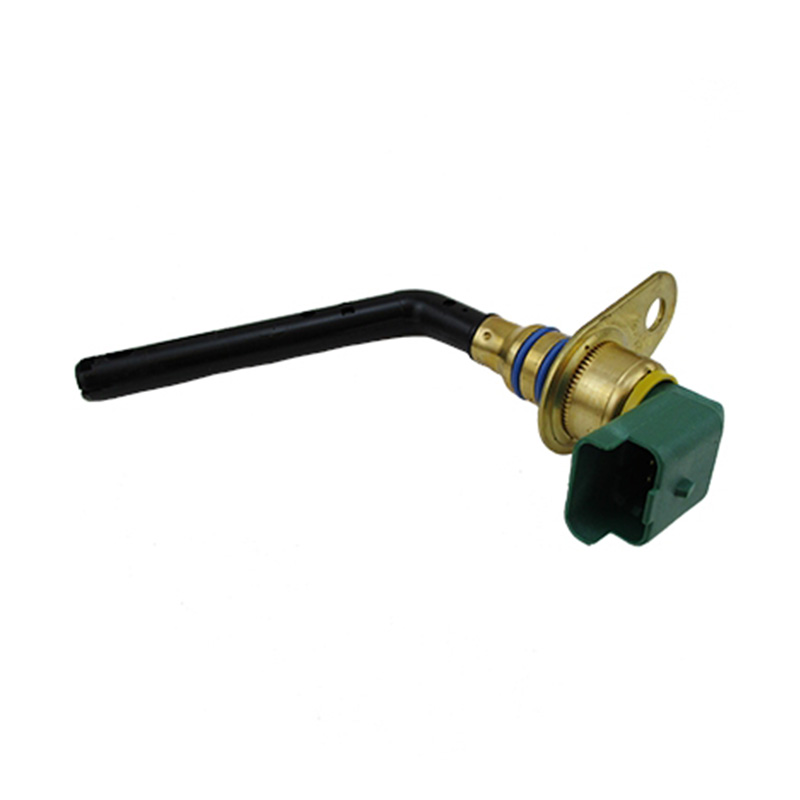OEM.NO: 96802845
See DetailsAir Flow Sensor Troubleshooting and Common Issues
Air flow sensors are essential components in modern automotive engines. They play a critical role in measuring the amount of air entering the engine, which directly affects fuel injection, combustion efficiency, and overall engine performance. By providing accurate air flow data to the engine control unit (ECU), these sensors help maintain a balance between fuel and air, ensuring good operation and reducing emissions.
How Air Flow Sensors Work
Air flow sensors operate using different technologies, but their primary function remains the same: to measure the volume or mass of incoming air. The two more common types are the mass air flow (MAF) sensor and the vane air flow sensor.
MAF sensors typically use a heated wire or film to detect the amount of air passing through the intake system. As air flows over the sensor, it cools the wire or film, causing changes in electrical resistance. The sensor then converts these changes into an electrical signal that the ECU can interpret. Vane air flow sensors, on the other hand, use a mechanical flap that moves in response to incoming air. The flap’s position is measured and sent as a signal to the ECU.
Both sensor types allow the engine control system to adjust the fuel injection rate accurately. This adjustment is critical for efficient combustion, preventing issues such as incomplete fuel burning, reduced power output, or increased fuel consumption.
Importance in Engine Performance
Accurate air flow measurement is crucial for engine performance and efficiency. When the air-fuel mixture is properly balanced, the engine operates smoothly, delivers consistent power, and maintains fuel efficiency. Incorrect readings from a faulty air flow sensor can poor engine performance, rough idling, or increased emissions. Modern vehicles rely heavily on these sensors to meet stringent environmental regulations while ensuring reliable operation.
Maintenance and Troubleshooting
Air flow sensors generally require small maintenance but must remain clean and free from contamination to function correctly. Dirt, dust, or oil residues can interfere with sensor readings, pilot to inaccurate air measurement. Regular inspection during routine vehicle maintenance is recommended.
Signs of a malfunctioning air flow sensor may include difficulty starting the engine, uneven acceleration, reduced fuel efficiency, or the illumination of the check engine light. When these symptoms occur, cleaning the sensor or replacing it with a compatible unit can restore proper engine function. It is important to follow manufacturer guidelines for handling and servicing these components, as improper procedures may damage the sensor.
Advancements in Air Flow Sensor Technology
Recent advancements in sensor design have improved accuracy, durability, and integration with engine management systems. Newer sensors can operate in a wider range of temperatures, resist contamination more effectively, and provide faster response times to changing airflow conditions. These improvements contribute to more precise fuel delivery, lower emissions, and smoother engine operation.
Air flow sensors are vital for modern engines, ensuring the correct balance between air and fuel for efficient combustion. By providing precise data to the engine control system, these sensors help maintain performance, reduce emissions, and improve fuel efficiency. Proper maintenance, including keeping sensors clean and promptly addressing any issues, ensures reliable engine operation.
